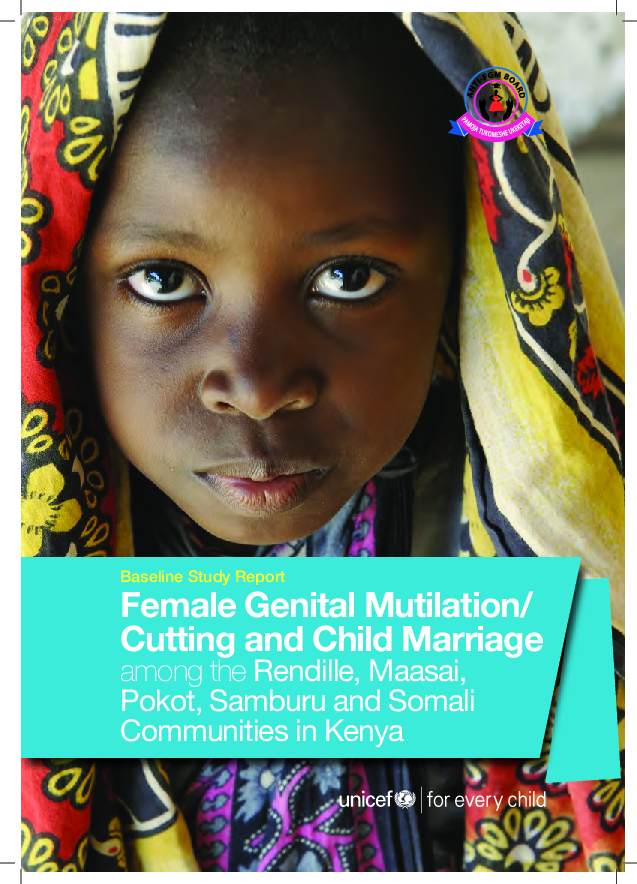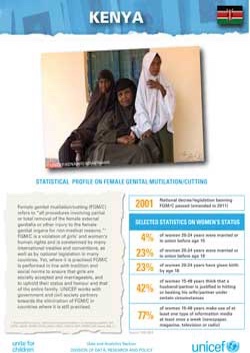Home | Research & Resources | Kenya
Key Findings
The prevalence of FGM/C among women aged 15–49 in Kenya is 14.8%.
92.5% of women and 88.8% of men aged 15–49 believe that FGM/C should be stopped.
Geography
The region with the highest prevalence is in the north-east
Age
42.6% of women aged 15–49 who have undergone FGM/C were cut between the ages of 10 and 14
Type
‘Cut, flesh removed’ is the most common type of FGM/C practised
Agent
80.5% of FGM/C on women aged 15–49 was carried out by ‘traditional circumcisers’
Distribution of FGM/C across Kenya
Prevalence varies greatly depending on the region – the (former) province with the highest prevalence is North Eastern (97.5% of women aged 15–49), and the province with the lowest is Western (0.8%). Prevalence is more common among women who live in rural areas, at 25.9%, than among women who live in urban areas, at 13.8%.
FGM/C is practised across all ethnic groups and religions, although to varying degrees. The highest prevalences are among Muslim women (51.1% of women aged 15–49) and the Somali (93.6%); the lowest prevalence according to religion is among Protestant/other Christians (17.9%), and the lowest according to ethnic group appears to be among the Luhya (0.4%) and Luo (0.2%), although the small numbers of women who had been cut in each of these sample groups may make the statistics unreliable. According to a 2014 documentary, The Elite Also Cut (Kenya CitizenTV), there is a lack of comprehensive data on FGM/C among the Kuria, but prevalence is thought to be very high.
92.5% of women aged 15–49 and 88.8% of men in the same age-range believe that FGM/C should not be continued.
Trends in FGM Prevalence in Kenya
The prevalence of FGM/C in Kenya has dropped from 37.6% of women aged 15–49 in 1998 to 21% in 2014 to 14.8 in 2021. Due to the large age-range of women included, however, the overall prevalence alone may not fully reflect the progress that has been made in recent years. Breaking down the most recent data by age group shows that the prevalence for women aged 45–49 is 40.9%, while for the youngest age group this has fallen to 11.4%. Despite the fact that a small proportion of women may be cut after the age of 15, the data demonstrates a clear trend towards lower prevalences among younger women.
FGM/C Legislation in Kenya
The Prohibition of Female Genital Mutilation Act, which came into effect on 4 October 2011, is the principal legislation governing FGM/C in Kenya. It is a federal act criminalising all forms of FGM/C and is one of the most comprehensive in Africa. Implementation and enforcement of the law remain a challenge, however.
Development Indicators
Population Growth
48,391,266 (as at 30 May 2017), with a 1.81% growth rate (2016 est.)
Infant Mortality
36 deaths per 1,000 live births (2015)
Maternal Mortality
510 deaths per 100,000 live births (2015)
SDG Gender Index
Ranked 110 out of 144 countries with a score of 56.2% (2022)


.png)

.jpg)
.jpg)
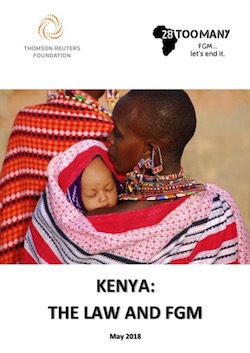
_swahili_cover.jpg)
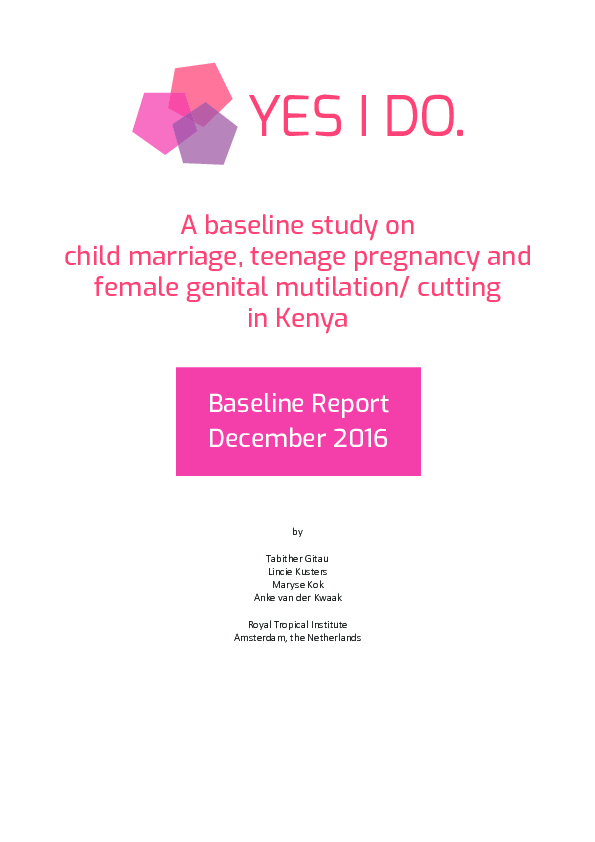
_cover.jpg)
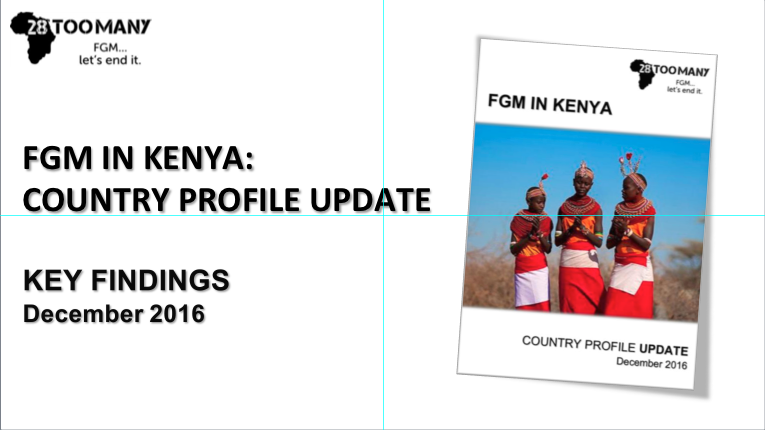
.png)
_no_border_-_swahili.jpg)
_cover.jpg)
